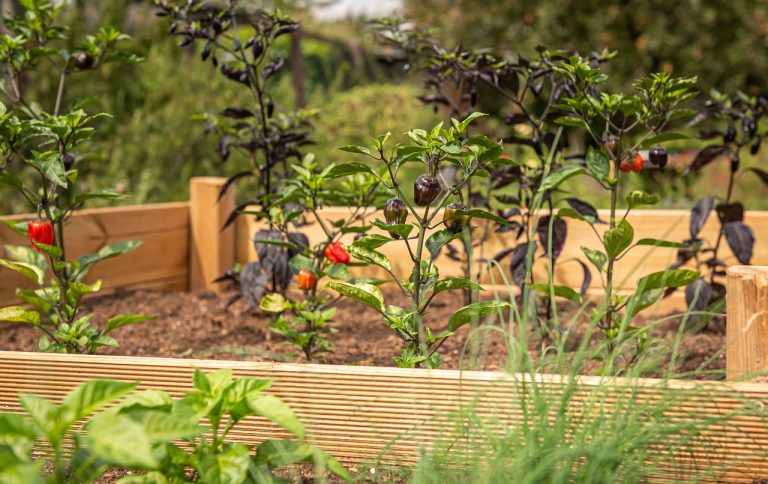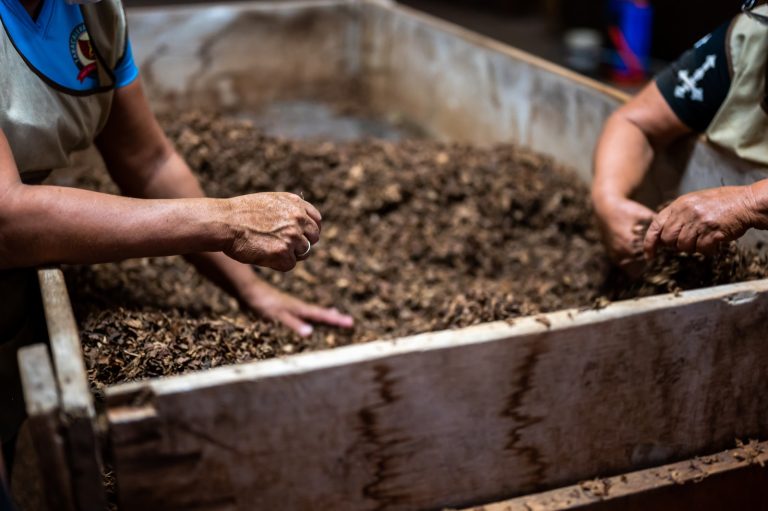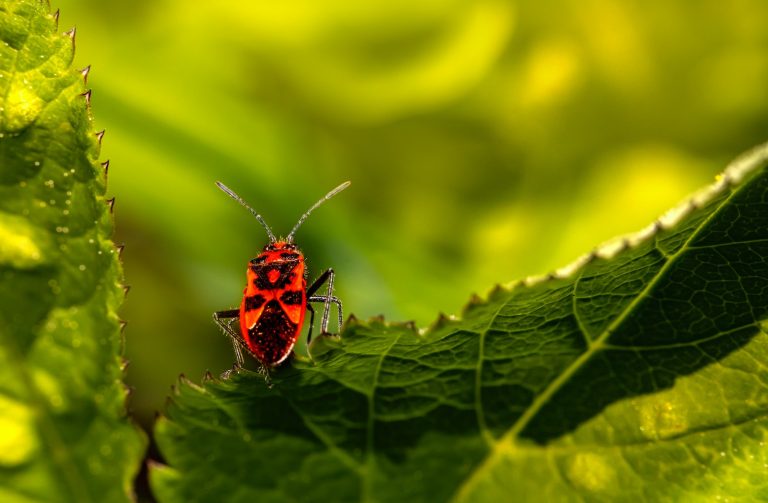Tips for Maintaining a Healthy Lawn

Are you tired of having a lackluster lawn that seems to wither away every season? Keeping your outdoor space in tiptop shape may seem daunting, but don’t let the challenge discourage you. A vibrant and healthy lawn can be easily attainable with just a few simple tips and tricks!
We’ll share some expert advice on how to maintain a lush green yard that will have all your neighbors envious. So buckle up, grab your gloves, and get ready to transform your patchy turf into an impressive oasis where summer memories are made!
Overview of Lawn Care Basics
It is no secret that a well-maintained lawn can be the envy of the neighborhood. However, many people are not aware of the basic principles of lawn care. This overview will provide some tips on how to maintain a healthy lawn.
The first step in maintaining a healthy lawn is to ensure that it is properly fertilized. Fertilizing your lawn will help ensure that your grass is able to grow thick and green. It is important to remember that too much fertilizer can be just as harmful as too little, so it is important to follow the directions on the fertilizer package.
The second step in maintaining a healthy lawn is to make sure that it is properly watered. Watering your lawn too much can lead to problems such as mold and mildew growth, so it is important to water only when necessary. A good rule of thumb is to water your lawn for about 30 minutes twice per week.
The third step in maintaining a healthy lawn is to mow it regularly. Mowing your lawn helps promote growth and keeps your grass looking its best. It is important to mow only when necessary, as mowing too often can damage your grass. A good rule of thumb is to mow every seven to ten days during the growing season.
By following these simple tips, you can maintain a healthy lawn that will be the envy of the neighborhood!
How to Test Your Soil
It is important to test your soil regularly to ensure that it is healthy and has the right nutrients for your lawn. There are a few different ways to test your soil, and each has its own benefits.
One way to test your soil is to do a soil sample. This can be done by taking a small sample of soil from different areas of your lawn and having it analyzed by a professional. This will give you an accurate reading of the nutrient levels in your soil and help you determine if there are any problems that need to be addressed.
Another way to test your soil is to use a home testing kit. These kits are available at most hardware stores and can be used to test for a variety of different things, including pH levels, nitrogen levels, and phosphorus levels. Home testing kits are less expensive than having a professional do a soil sample, but they are not as accurate.
No matter which method you choose, it is important to test your soil regularly so that you can keep your lawn healthy and beautiful.
When and How to Mow the Grass
When and how you mow the grass can have a big impact on the health of your lawn. Here are some tips for maintaining a healthy lawn through proper mowing:
-Mow when the grass is dry. Wet grass can clump and cause bald spots when mowed.
-Set your mower blades to the appropriate height. Cutting the grass too short can damage it, while cutting it too tall will make it more susceptible to weeds.
-Use a sharp blade. A dull blade will tear the grass, making it more vulnerable to disease and pests.
-Mow in different directions each time. This will prevent ruts from forming in your lawn.
Fertilizing Your Lawn
A healthy lawn is the key to a beautiful landscape. A thick, green lawn is the foundation for any great landscape. However, achieving and maintaining a lush lawn requires more than just mowing and watering. It also requires fertilization.
Fertilizer provides the nutrients that grass needs to grow thick and strong. But with so many different types of fertilizer on the market, it can be confusing to know which one to choose. Here are some tips for choosing the right fertilizer for your lawn:
-Choose a fertilizer that contains nitrogen, phosphorus, and potassium. These are the three essential nutrients that grass needs to thrive.
-The best time to apply fertilizer is in the spring and fall. Avoid applying it during hot, dry summer days as this can burn the grass.
-Be sure to follow the directions on the fertilizer label carefully. Overfertilizing can damage your lawn.
Watering Tips for a Healthy Lawn
As soon as your grass starts to turn brown, it’s time to water. How often you need to water will depend on the type of grass, the climate, and the amount of rainfall. In general, most lawns need about 1 inch of water per week.
If you have a sprinkler system, you can set it to water for about 30 minutes each time. If you don’t have a sprinkler system, you can use a garden hose with a timer. Set the timer for the number of minutes it takes to apply 1 inch of water to your lawn.
Water early in the morning so that your grass has time to dry before nightfall. This will help prevent diseases such as brown patch.
Make sure that your sprinklers are watering evenly. You can check this by putting out empty tuna cans or coffee cans around your lawn while the sprinklers are on. After 30 minutes, measure the amount of water in each can. If they all have different amounts of water, then you need to adjust your sprinklers.
Weed Control Techniques
Weed control is a necessary part of keeping your lawn looking its best. There are a number of techniques that can be used to control weeds, including mechanical, chemical, and biological methods.
Mechanical methods of weed control include hand-pulling, tilling, and mowing. Hand-pulling is the most labor-intensive method, but it is also the most effective way to remove weeds from your lawn. Tilling can also be effective at removing weeds, but it can also damage your lawn if done too frequently. Mowing your lawn regularly will also help to keep weeds under control.
Chemical methods of weed control include the use of herbicides. Herbicides can be applied either pre-emergent or post-emergent. Pre-emergent herbicides work by preventing weed seeds from germinating, while post-emergent herbicides kill existing weeds. Be sure to read and follow all directions on the label before applying any herbicide to your lawn.
Biological methods of weed control include the use of beneficial organisms such as bacteria and fungi. These organisms release toxins that kill or inhibit the growth of weeds. You can purchase these products at most garden centers or online retailers.
Tips for Dealing with Insects and Pests
Maintaining a healthy lawn requires more than just regular mowing and watering. You also need to be aware of insects and pests that can damage your lawn and take steps to prevent them. Here are some tips for dealing with insects and pests:
- Be proactive in identifying potential problems. Regularly inspect your lawn for signs of insect damage or other problems. If you see anything suspicious, take action immediately.
- Use the right products for the job. When treating your lawn for insects or pests, be sure to use products that are specifically designed for that purpose. Using the wrong products can do more harm than good.
- Be careful with chemicals. If you do use chemicals to treat your lawn, be sure to follow the directions carefully. Over-using chemicals can harm your lawn and make it more susceptible to future problems.
- Keep your lawn healthy. The best way to prevent insect damage or other problems is to keep your lawn healthy overall. This means regular mowing, watering, and fertilizing, as well as avoiding things like excessive foot traffic or dog peeing in the same spot all the time.
What to Do in Extreme Weather Conditions
- If you live in an area that experiences extreme weather conditions, it is important to take steps to protect your lawn.
- One way to protect your lawn from extreme weather is to water it regularly. This will help keep the grass healthy and hydrated.
- Another way to protect your lawn from extreme weather is to mow it regularly. Mowing helps remove dead grass and leaves, which can lead to disease.
- You should also fertilize your lawn regularly to ensure that it stays healthy. Fertilizing provides nutrients that the grass needs to stay green and thrive.
- If you live in an area that experiences extreme heat, you should try to shade your lawn as much as possible. This can be done by planting trees or shrubs around the perimeter of the lawn.
- In areas that experience extreme cold, you should consider covering your grass with a tarp or other type of protective covering. This will help prevent the grass from dying due to frost damage.
- Taking these steps will help ensure that your lawn stays healthy despite extreme weather conditions.
Conclusion
Having a healthy and beautiful lawn is something that can be achieved with the right amount of care and maintenance. By following these tips on maintaining a healthy lawn, you can ensure your yard looks fantastic all year round! A well-maintained lawn will not only look great but also have beneficial effects for the environment such as decreasing soil erosion and reducing water run off.
Keep in mind that while there are many helpful steps to follow when caring for your lawn, nothing compares to regular maintenance which includes watering, fertilizing, mowing and aerating. With proper care, your yard will definitely thrive.

Emma is a talented writer and enthusiastic gardener who shares her passion for plants and gardening on HomeGardenBlog.com. With years of experience in home gardening, Emma has become an expert in everything from planting and harvesting to pest control and soil management.






